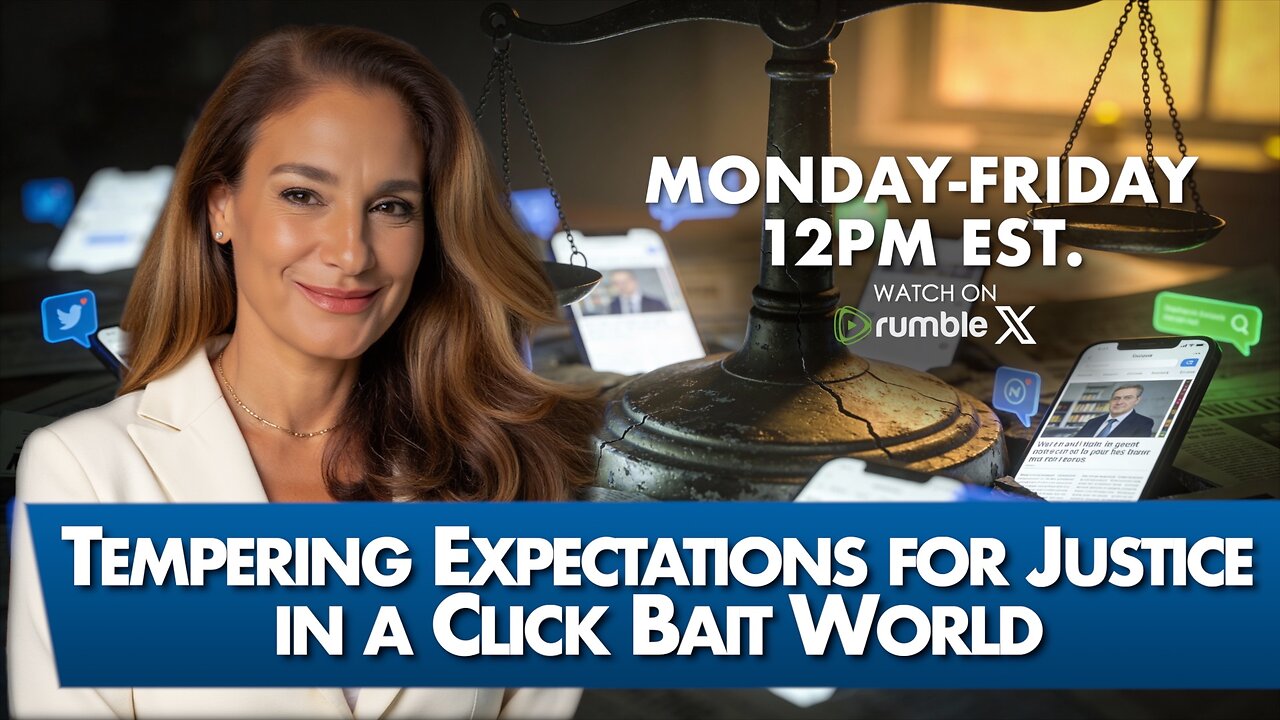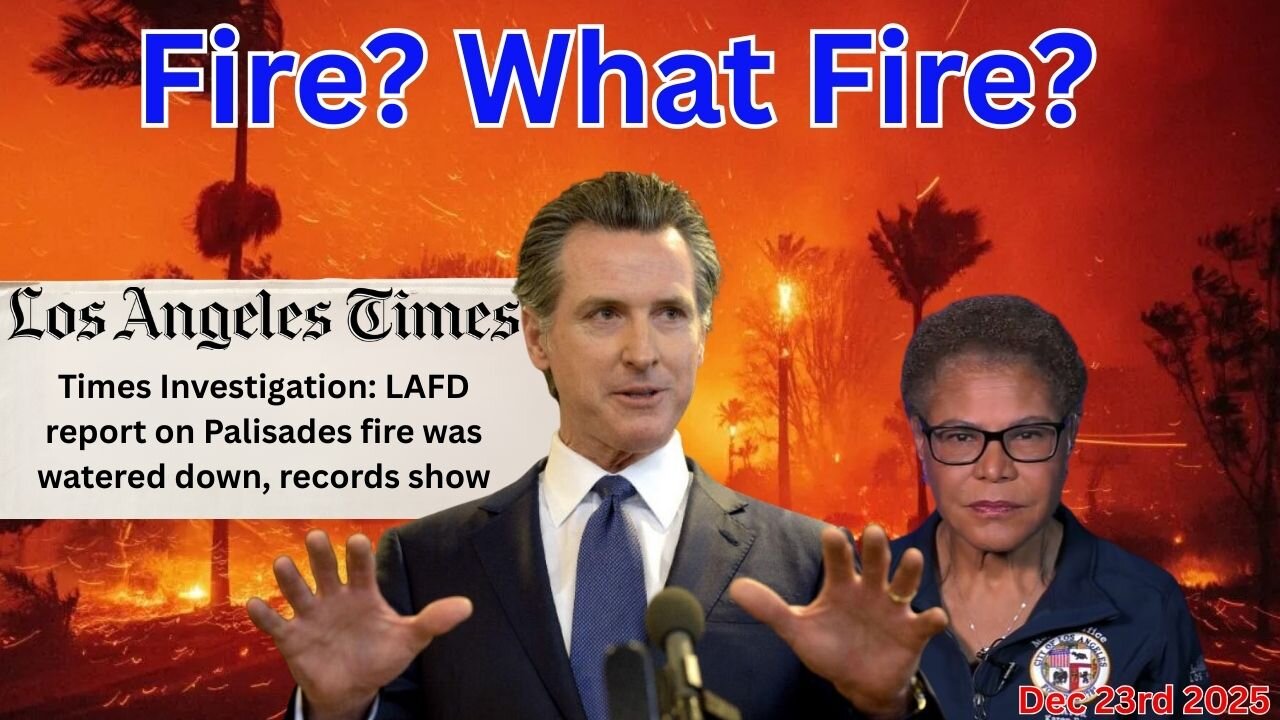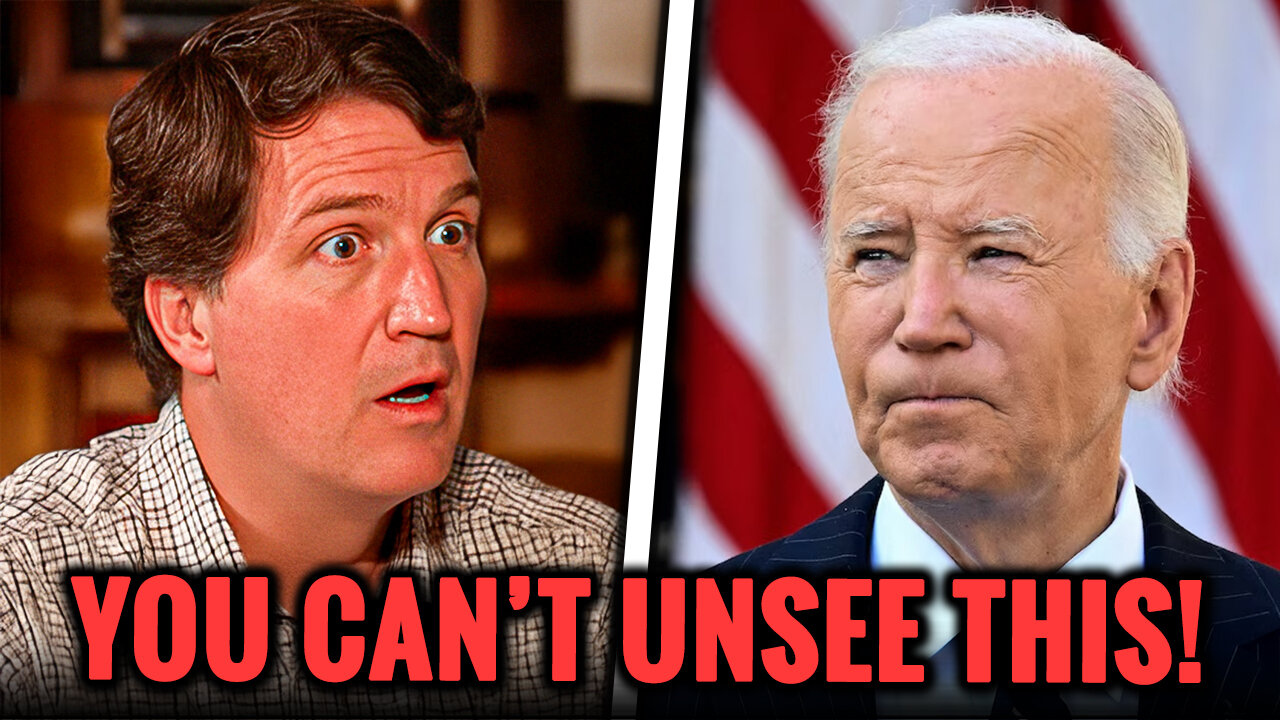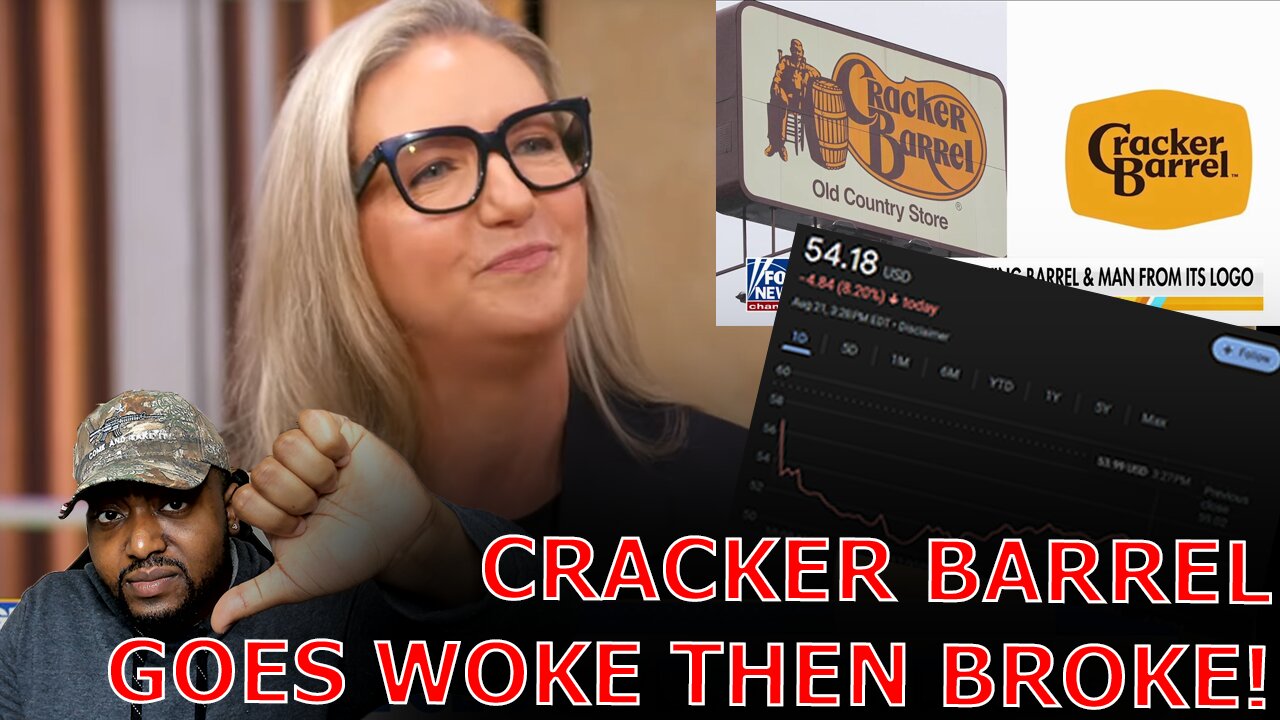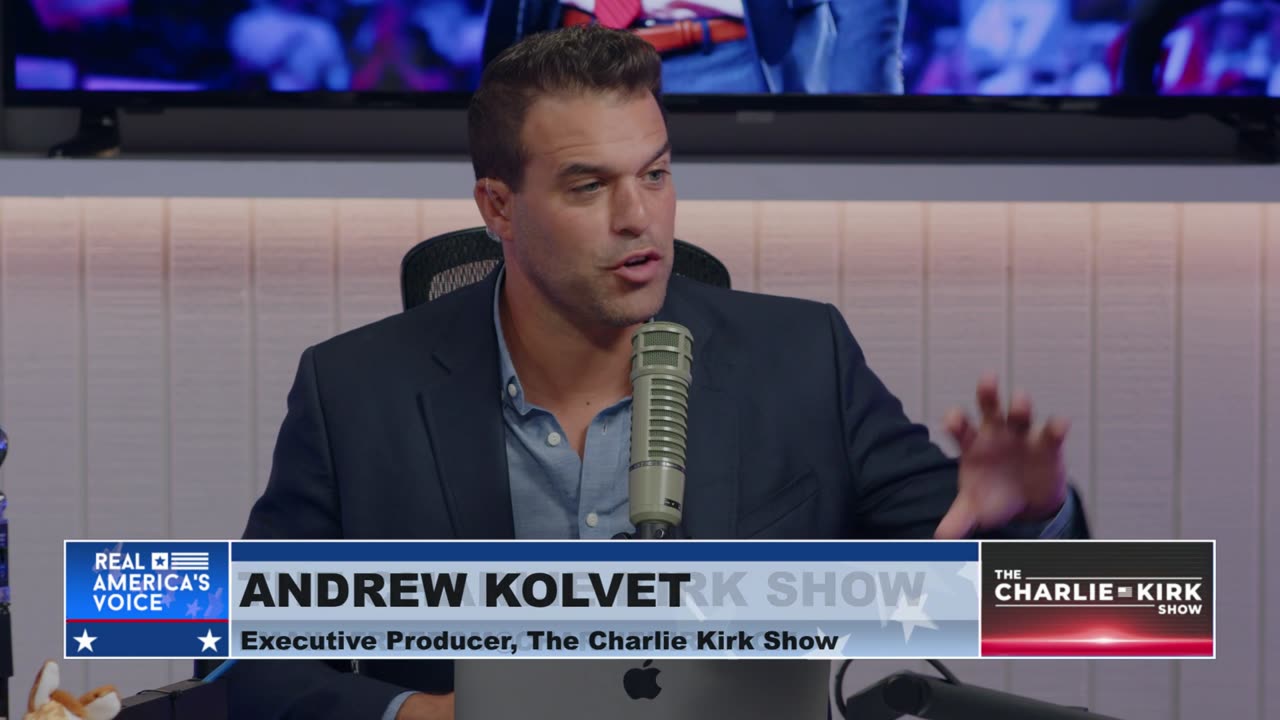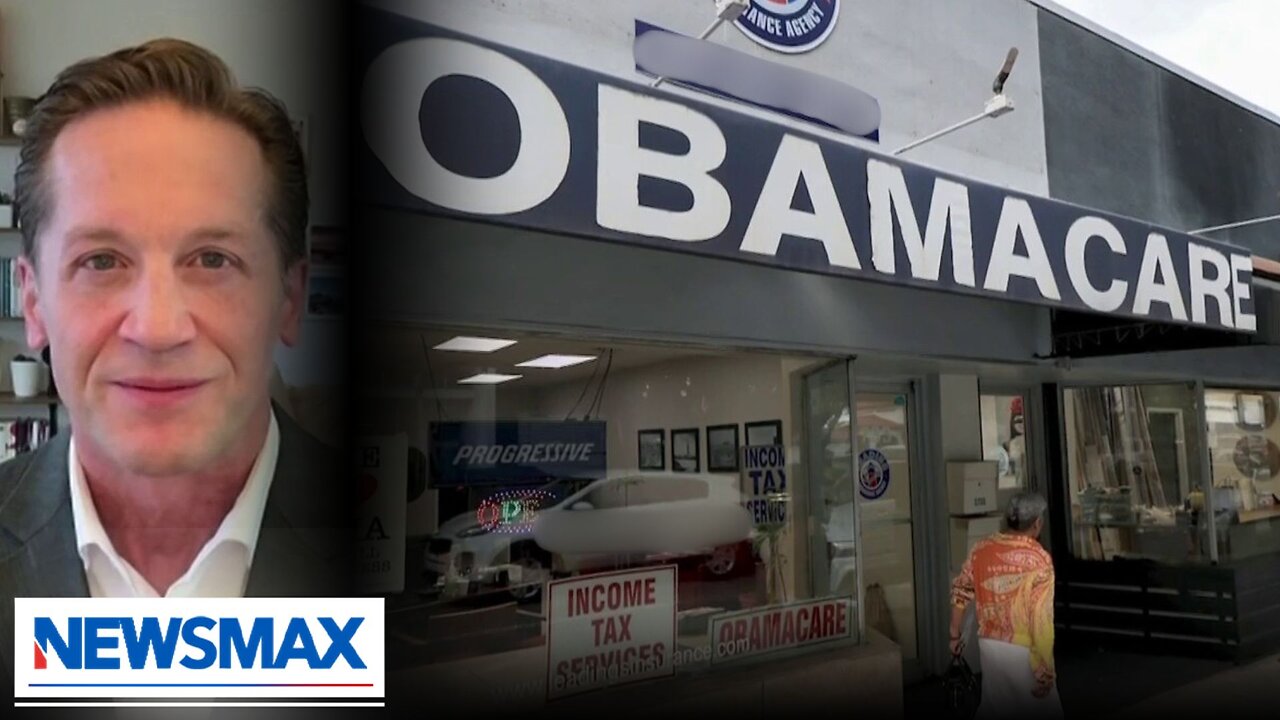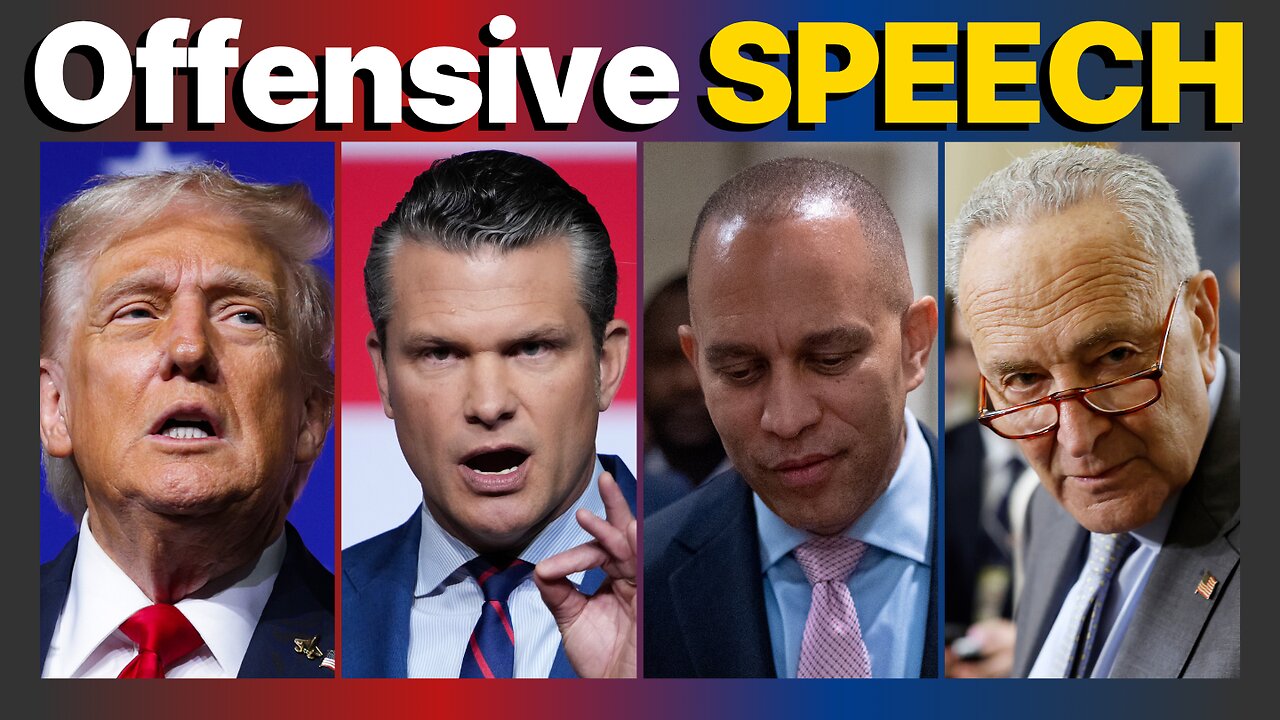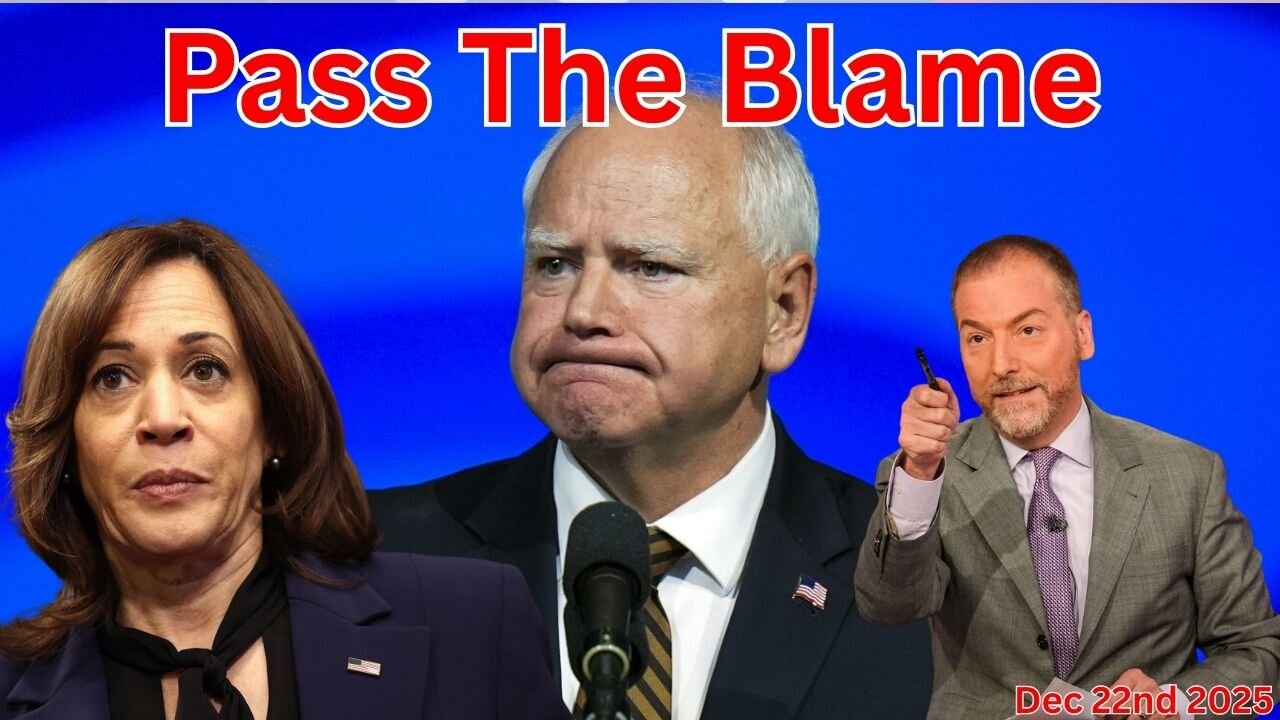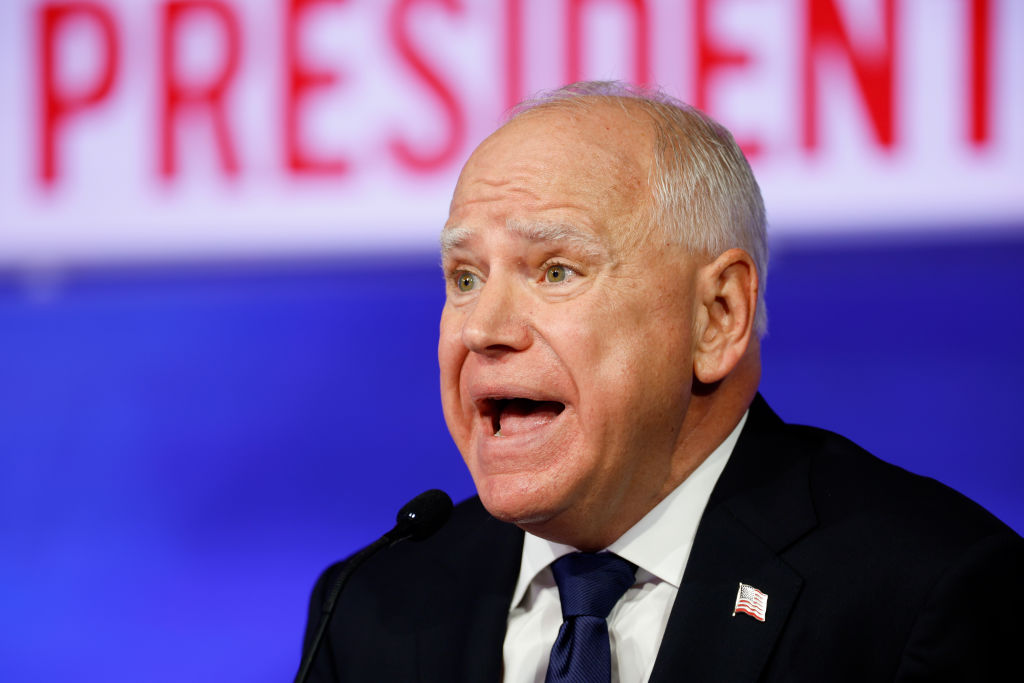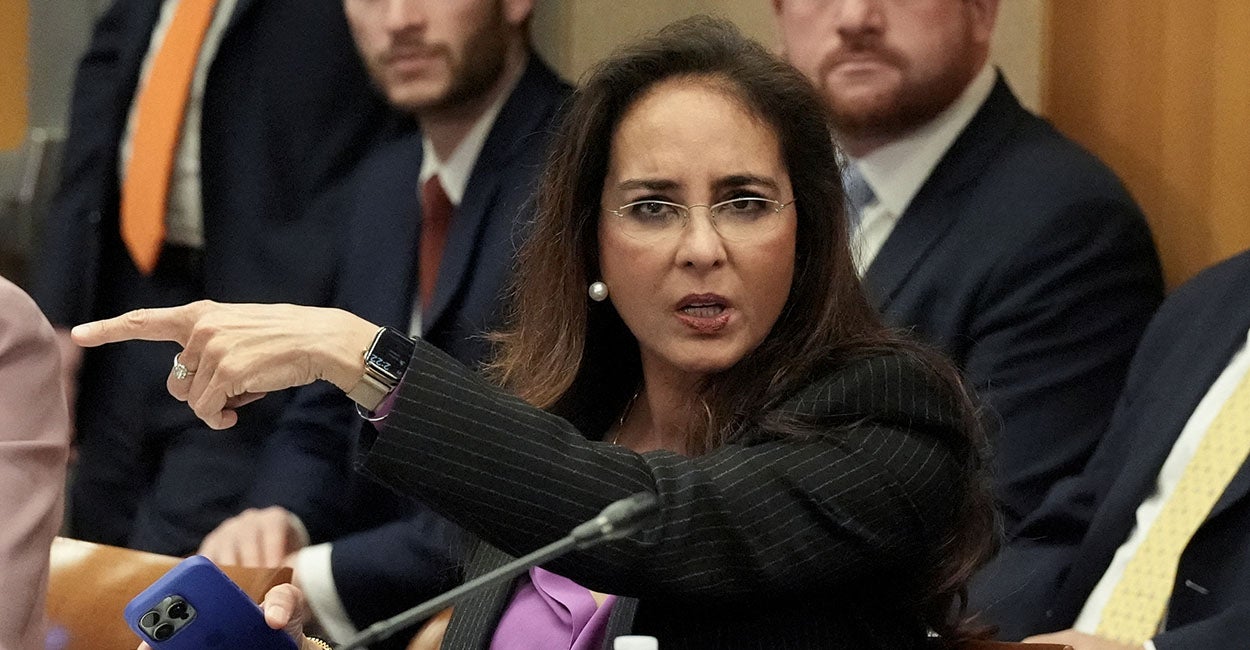Why More Regulation of Drug Ads Is Unnecessary—And Likely Unconstitutional

HHS Secretary Robert F. Kennedy Jr.’s plans to rewrite the rules concerning pharmaceutical advertising is hardly novel. Every few years Washington revives this perennial idea—typically proffered to “save” money or “protect” patients from “misleading” messaging.
Live Your Best Retirement
Fun • Funds • Fitness • Freedom
But as a former First Amendment lawyer who became chief counsel of the Food and Drug Administration and later the general counsel of a leading pharmaceutical company, I state definitively: Direct-to-consumer drug advertising is already the most heavily regulated form of commercial speech in America. Since 1997, the FDA has required prominent disclosure of key risks in every broadcast spot, coupled with “adequate provision” for patients to access the full prescribing information. Those long, sometimes tedious recitations of risks are not corporate choices; they are federally mandated.
For nearly three decades, this framework has survived precisely because it balances consumer access with practical realities of television, radio, and now digital advertising. But the administration’s efforts to amend that compromise have the potential to create a disclosure regime too burdensome and costly to justify advertising at all.
Put simply, no consumer-facing industry is required to meet anything close to the existing standard for drug companies, let alone anything more prohibitive. Car companies selling a new SUV do not need to list every conceivable accident risk. McDonald’s is not required to advertise the supposedly adverse effects of consuming fast food. But for medicines, FDA insists—and rightly, so—that every claim be truthful, non-misleading, and scientifically substantiated. These rigid standards make additional new regulation and restrictions unlikely to pass legal scrutiny, difficult to justify as “narrowly tailored,” as the First Amendment requires.
More than 40 years ago, the Supreme Court established that commercial speech, pharmaceutical advertising included, is protected under the First Amendment. Since then, the Court has consistently affirmed these protections to areas ranging from alcohol to gambling.
This Supreme Court, which has been deeply protective of free speech rights, will not allow Congress, the FDA, or a state legislature to precipitously curtail truthful advertising of medicines. Nor would an attempt to create a de facto ban through burdensome regulation survive.
Courts are also likely to consider the administration’s justifications for its restrictions, which suggest that the primary motivation is not public health, but rather reducing demand for drugs to harm the pharmaceutical industry. Kennedy’s longstanding animus toward “Big Pharma” and his frequent claims that America is “overmedicated” will no doubt loom large in challenges to seismic shifts in the current regulatory framework. The Supreme Court has not taken this issue lightly historically, striking down FDA restrictions on advertising by compounding pharmacies in Thompson v. Western States Medical Center.
Direct-to-customer advertising can empower patients, reduce stigma, and connect people to treatment. Although critics assume it exists only to “juice utilization” of expensive brand-name drugs, in reality, it enables patients to be their own best advocates. By informing patients about conditions they might otherwise ignore, these ads are essential to preventive care. They also make patients more comfortable addressing sensitive topics related to mental and sexual health.
As just one example, most Americans have a friend or loved one suffering from cardiovascular disease, diabetes, or sleep apnea because of complications from obesity. Advertisements for GLP-1 weight loss medications, which have transformed modern health care, have been essential to informing those who can benefit most from this treatment. Without these ads, GLP-1s would remain a little-known lifeline for the wealthy and well-connected.
Restricting health information rests on a slippery slope of government control. Countries that prohibit direct-to-customer advertising also ration access to new medicines. A RAND study found that of 287 drugs launched globally between 2008 and 2022, nearly three-quarters are available in the U.S., while less than half are available in Germany, and barely a quarter in Canada. Patients here not only know about new therapies sooner; they get access to them as Kennedy acknowledged in a Newsmax interview a few months ago.
None of this is to say pharmaceutical ads are perfect. They can be clunky, repetitive, even annoying. But the solution is not censorship achieved through regulatory gymnastics. The FDA already has—and uses—ample authority to police false or misleading claims.
At stake is not whether we like the ads, but whether we value the principle that truthful speech about lawful products deserves protection. The First Amendment is not an afterthought—it is the foundation. And in the case of drug advertising, it protects not just industry, but patients’ right to know about their options.
After a pandemic in which Americans developed tremendous skepticism toward public health officials, an administration focused on restoring trust should not limit access to health information. Doing so would deprive patients of information, stifle transparency, and conflict with the Constitution.
Efforts to sharply restrict direct-to-customer advertising are not only bad law; they’re bad policy. In medicine as in democracy, more information—not less—is the way forward.
We publish a variety of perspectives. Nothing written here is to be construed as representing the views of The Daily Signal.
The post Why More Regulation of Drug Ads Is Unnecessary—And Likely Unconstitutional appeared first on The Daily Signal.
Originally Published at Daily Wire, Daily Signal, or The Blaze
What's Your Reaction?
 Like
0
Like
0
 Dislike
0
Dislike
0
 Love
0
Love
0
 Funny
0
Funny
0
 Angry
0
Angry
0
 Sad
0
Sad
0
 Wow
0
Wow
0





